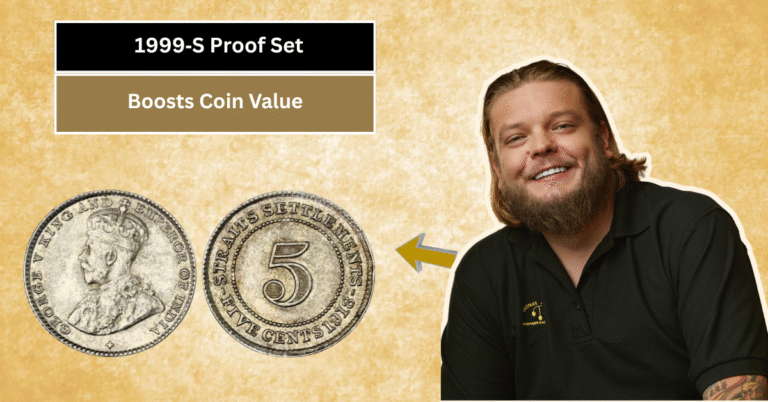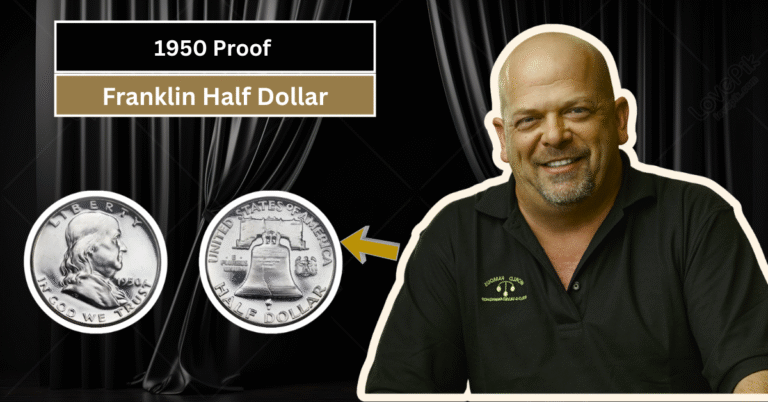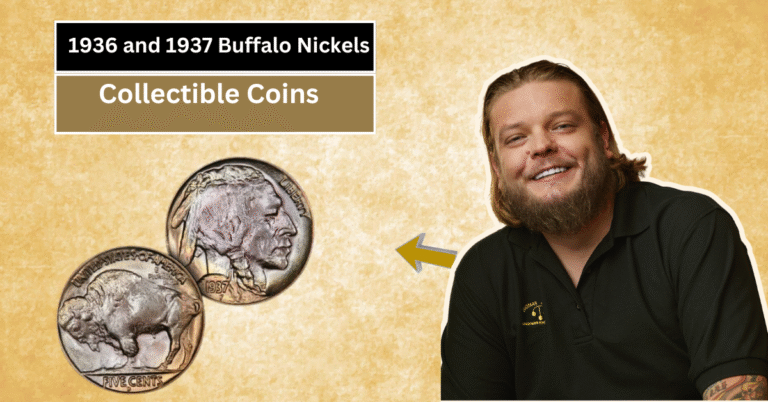
The Sacagawea dollar is a popular US coin that many collectors and casual users know and love. Among these, the 2000 Sacagawea dollar holds a special place, especially because of a rare chance to own the so-called “Cheerios” coin. This unique version was distributed inside Cheerios cereal boxes and has become one of the most sought-after pieces in the Sacagawea series. If you have an interest in coins or want to learn more about this rare find, this article is for you.
In this article, we will explore what makes the 2000 Sacagawea “Cheerios” coin so special, why cereal box distributions are significant, and how you can spot these rare coins. We will also discuss why these coins attract attention among collectors all over the world, including India. Stay with us to discover the story behind this uncommon and fascinating piece of history.
What is the 2000 Sacagawea Dollar?
This Article Includes
- 1 What is the 2000 Sacagawea Dollar?
- 2 Why is the “Cheerios” Coin Called That?
- 3 What Makes the 2000 Sacagawea “Cheerios” Coin Rare?
- 4 How to Identify a “Cheerios” Sacagawea Dollar Coin?
- 5 Why Are Cereal Box Coins Considered Valuable?
- 6 Tips for Collectors Interested in the “Cheerios” Sacagawea Dollar
- 7 Conclusion: Why the 2000 Sacagawea “Cheerios” Coin is a Collector’s Gem
The Sacagawea dollar was first introduced in the year 2000 by the United States Mint. It features Sacagawea, a Native American woman known for her role in helping the Lewis and Clark expedition. The coin is made of a copper core with a golden-colored outer layer, which makes it look different from regular silver-colored coins.
The 2000 Sacagawea dollar quickly became popular because of its unique design and easy-to-spot gold color. However, the unusual story of the “Cheerios” coins makes some of these dollars even more interesting and valuable compared to the usual ones.
Why is the “Cheerios” Coin Called That?
The “Cheerios” coin gets its name because it was placed inside special Cheerios cereal boxes as a promotion. Back in 2000, General Mills teamed up with the US Mint and included these coins in some Cheerios boxes as a fun surprise for customers. This created excitement because it was an easy way for people, including kids, to own an official coin straight from a cereal box.
These coins were not released through normal banks or stores but only through cereal promotions, making them much rarer. Collectors started calling them “Cheerios” coins because they were mostly found in those cereal boxes, making the name stick over time.
What Makes the 2000 Sacagawea “Cheerios” Coin Rare?
There are several reasons why the “Cheerios” Sacagawea dollar is considered rare. First, only a limited number of these coins were made for the cereal promotion, which means fewer coins are available than regular circulation coins. This scarcity increases their value among collectors.
Second, the “Cheerios” coins have certain unique features. For example, some had special mint marks or slight design differences due to the production process used for these promotional pieces. These small details are very important to collectors looking for rare variants of familiar coins.
How to Identify a “Cheerios” Sacagawea Dollar Coin?
If you want to spot a true “Cheerios” Sacagawea coin, there are a few things to notice. First, the coin should be a 2000 Sacagawea dollar with its golden color. Check the edge because the “Cheerios” coins sometimes have a smooth edge rather than the usual lettered or reeded edge found on standard coins.
Also, the packaging is important. Most original “Cheerios” coins came in specially marked cereal boxes or small plastic holders showing they were part of the promotion. Without the original packaging, it can be harder to prove authenticity, but close inspection can help collectors verify the coin.
Why Are Cereal Box Coins Considered Valuable?
Cereal box coins are unusual because they were not meant to be everyday money but special promotional items. Since fewer of these exist, they are like hidden treasures for people who love collecting coins. These limited-edition coins create excitement as they often carry rare mint marks or error varieties that do not appear in normal circulation.
For younger collectors and coin enthusiasts in India and elsewhere, finding such special coins adds a fun and challenging aspect to coin collecting. It connects everyday experiences like buying cereals to the fascinating world of coin history and collecting.
Tips for Collectors Interested in the “Cheerios” Sacagawea Dollar
If you want to start collecting “Cheerios” Sacagawea dollars, here are some useful tips. First, only buy from trusted dealers or reliable sources to avoid fake coins. Check for clear details on the coin and its edge. Look for original packaging or a certificate of authenticity if possible.
Second, learn about the different mint marks and variations to identify rare pieces quickly. Joining online coin collecting forums or local clubs can also help you gain knowledge and connect with other collectors. With patience and research, you can add this rare coin to your collection and enjoy a piece of history.
Conclusion: Why the 2000 Sacagawea “Cheerios” Coin is a Collector’s Gem
The 2000 Sacagawea “Cheerios” dollar coin is more than just money—it tells a story about history, marketing, and collecting passion. Its rarity, unique features, and interesting origin make it a prized item for coin lovers everywhere. Whether you are a beginner or experienced collector, this coin offers a fascinating glimpse into the Sacagawea series and US coin history.
So next time you see a Sacagawea dollar, remember the rare “Cheerios” coin that made cereals a surprising gateway to collecting. Keep an eye out, learn more, and who knows—you might find one of these rare coins and own a special part of history yourself.






